As of Jan. 19, 2025, Israel and Hamas have finally reached a ceasefire agreement, putting a pause to the more than 15 months of war between Israel and Palestine. Although the conflict may not be over, a pause in the action gives us a good opportunity to reflect on the current state of Gaza and its people post-ceasefire, from everything to hostage situations to collateral damage.
Since October of 2023 when the war first began, Israel has killed more than 46,000 Palestinians, and has caused devastating damage to the Gaza Strip.
The ceasefire agreement currently in place consists of three phases, with the goals of the second and the third being negotiated during the first. The agreement as a whole aims to stop the destruction fallen onto Gaza, as well as free those held captive in Gaza and held prisoner in Israel. In addition to this, the deal will allow for displaced Palestinians to return to their homes for the first time in over a year. However, due to Israel’s persistent attacks, many citizens no longer have a home to return to.
Israel’s attacks on Palestinians and the Gaza Strip are in response to a wide variety of unethical behavior exhibited by Hamas (a Palestinian terrorist organization), especially during the October 7th incident in which Hamas infiltrated southern Israel, killing over 1,000 Israelis, taking over 250 citizens hostage, and firing over 3,000 rockets targeting civilians.
The first phase, which is currently underway, is set to last six weeks and involves a limited prisoner exchange (which is a deal made to trade a set amount of prisoners on one side for a certain amount on the other), a pull-back on Israeli troops in Gaza, and a surplus of aid sent to the enclaves (areas in the West Bank designated for Palestinians).
So far we’ve already seen some of the promises come into fruition, with Israel releasing 110 Palestinian prisoners on Thursday, Jan. 25, in exchange for three Israeli hostages that were being held in Gaza. Over the course of this first phase, Hamas is presumed to release 33 captives, while Israel is expected to free about 1,900 Palestinians.
When it comes to the collateral damage in Gaza, the blow has been severe. Over 170,000 of Gaza’s pre-war structures have been damaged or completely demolished, which equates to roughly 69% of the total buildings in the Gaza Strip. An estimate from the United Nations Satellite Centre (UNOSAT) states over 245,000 housing units were destroyed over the 15 month span. A similar statistic provided by the U.N. humanitarian office says that as of now, over 1.8 million people in Gaza are in need of emergency shelter.
In terms of the ceasefire agreement itself, although steps are being taken in the right direction, there is a thick layer of hesitancy as to whether the agreement will hold.
When asked about the strength of the current agreement, QUEST history teacher Timothy Mulvehill said, “It’s very difficult to say. With our administration just changing, it’s very difficult to predict how that U.S. administration change will impact the overall stability in the region.”
Mulvehill links the lack of clarity on the situation with the current political climate here in the U.S. “Trump, in his first term, recognized Jerusalem as the capital of Israel, which is something that our government previously had not been willing to do.” He believes that Trump’s aggressive pro-Israel stance could be one of the reasons peace negotiations were discussed in the first place.
Mulvehill also mentions the long sought-after two-state solution, a proposed approach to resolve the Israeli-Palestinian conflict by officially declaring Palestine as a state (something that only a select few places recognize), which is another source of conflict and controversy heavily fused into this war.
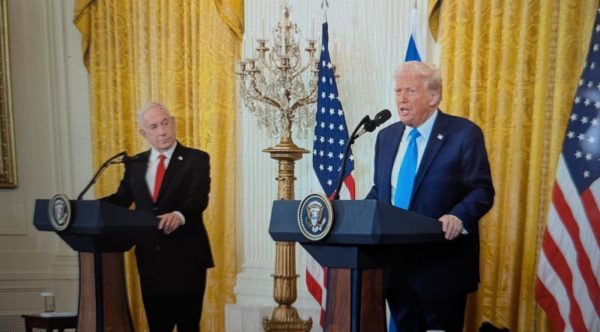
President Trump’s influence on the war is undeniable, which was further proved on Feb. 4, 2025, when he met with Israeli Prime Minister Benjamin Netanyahu for a news conference in the Oval Office. During this conference, Trump firmly stated that The Gaza Strip, “should not go through a process of rebuilding” and instead the millions of Palestinians living in Gaza should “go to other countries of interests with humanitarian hearts.”
Trump further clarified what will become of the Gaza Strip saying, “The U.S. will take over the Gaza Strip, and we will do a job with it, too. We’ll own it and be responsible for dismantling all of the dangerous unexploded bombs and other weapons on the site.”
He said this transfer would “create an economic development that will supply an unlimited amount of jobs and housing,” and transform it into the “Rivera of the Middle East.”
Trump’s statements sparked responses from Hamas, the Palestine Liberation Organization, the Palestinian Authority, and Palestine’s UN envoy amongst others (you can read these statements here), with the common consensus amongst them being that this proposal is an infringement on Palestinian rights, and that Gaza is a home worth rebuilding.
Although the current ceasefire is still in place, it’s hanging on by a thread, and is stuck in the first phase. Both Israel and Hamas have been accused of violating the terms of the agreement, with Hamas refusing to release hostages, and in turn, Israel halting all goods and supplies from entry into the Gaza Strip. As of now, it’s unclear if the ceasefire will advance to its next stage in the coming days, or even hold.
New updates are coming out every day regarding the devastating state of Gaza and the ongoing negotiations between Hamas and Israel. For a deeper look into past events in the timeline, check out these articles written by Corydon members Bhree Walker and Liam Hollon, which give further insight into the conflict and its history.





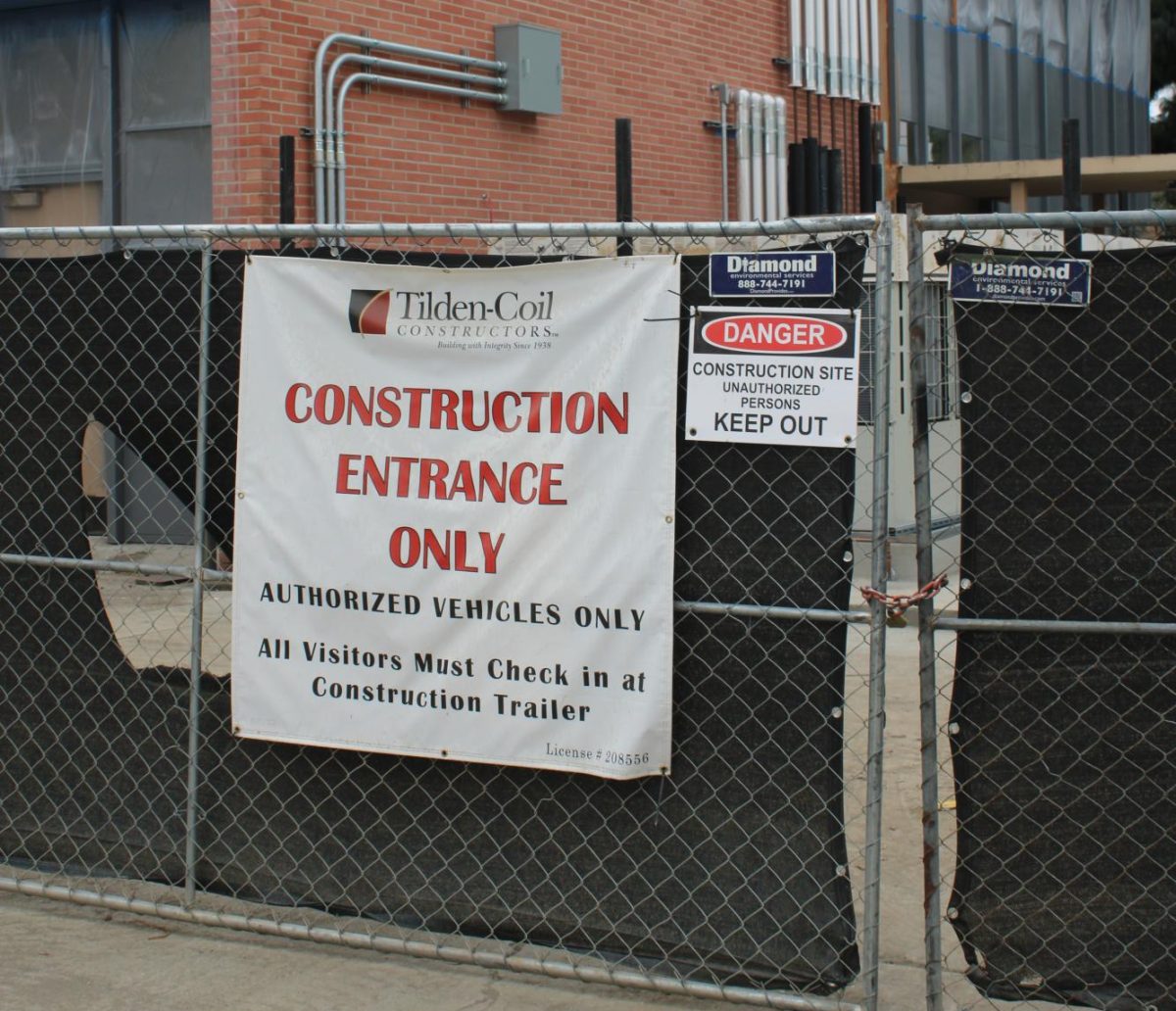



















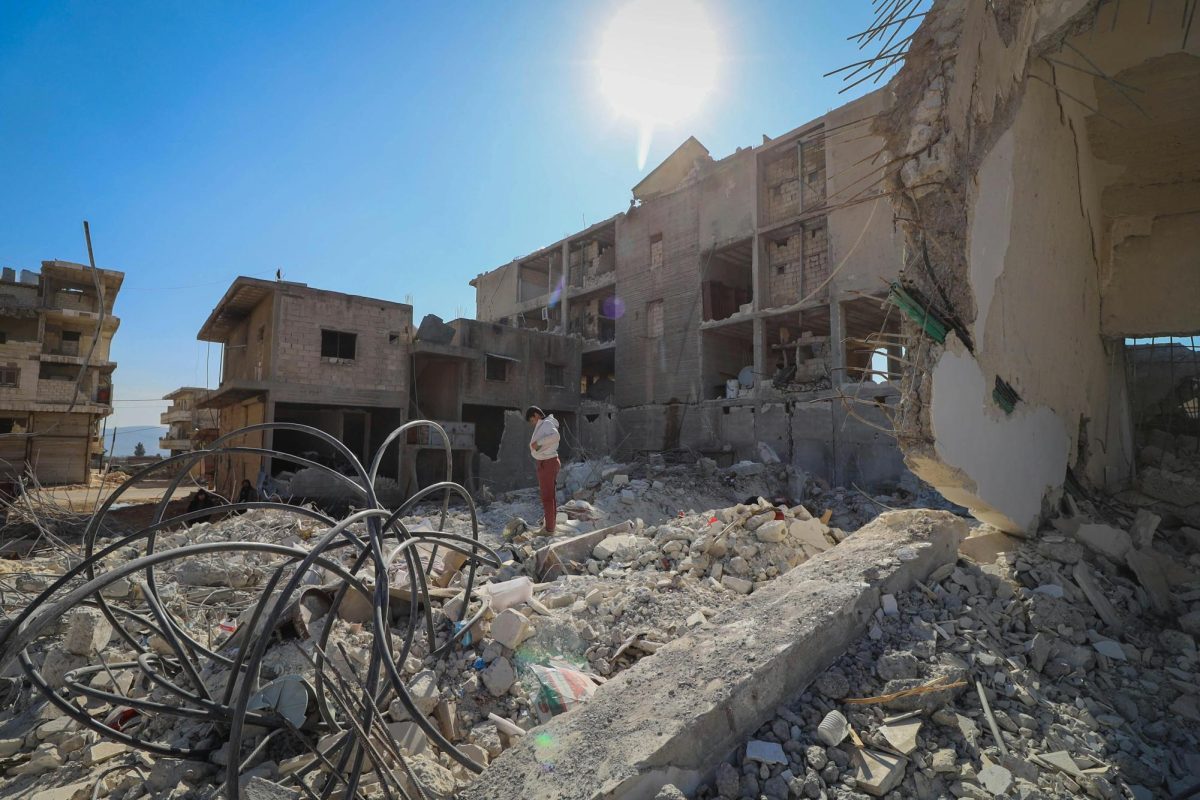

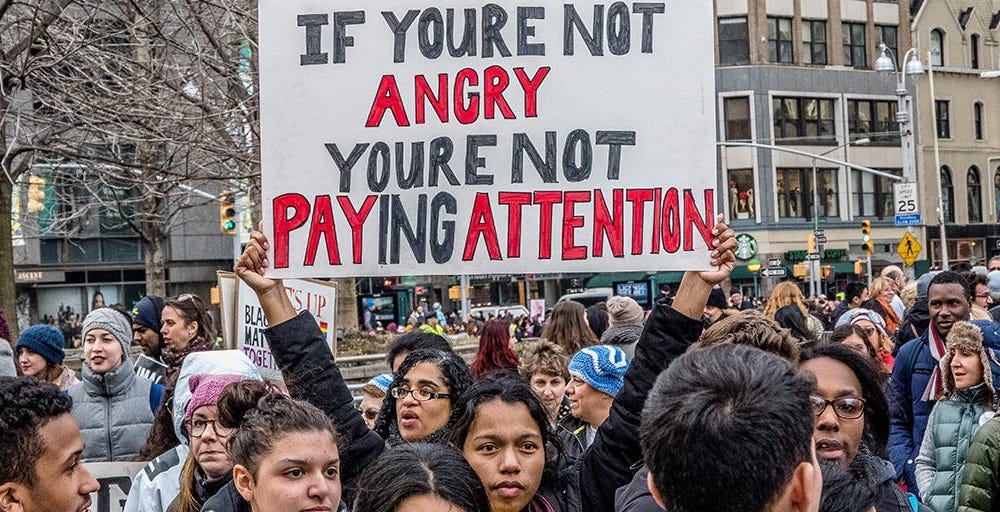
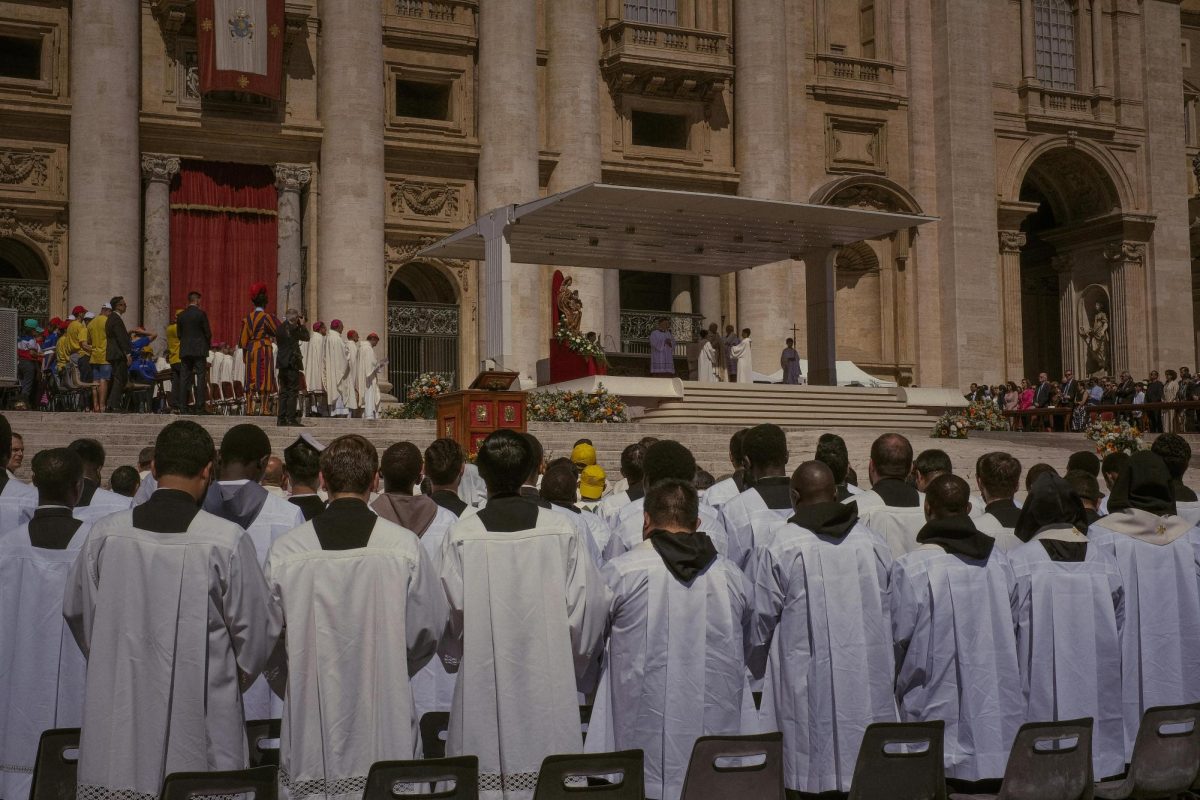

Angel Machado • Mar 11, 2025 at 3:15 pm
On March 3, 2025, Nicole Diegle wrote an article titled Post-Ceasefire Updates in Gaza. The author does a great job at introducing the factors that contributed to the agreement of the ceasefire between Israel and Gaza as well as providing a statistical analysis of the destruction done upon both sides. The article clearly reveals how much Gaza has lost in regards to the amount of lives lost and the destruction endured, which consisted of about “46,000 Palestinians having been killed” and about “69% of buildings in the Gaza Strip” having been damaged or completely demolished. A suggestion that I can make regarding how Gaza has been affected by the war would be a report specifically stating whether the 46,000 Palestinians also took into account the Palestinians involved in the military combat against Israel. In this way, the reader could come up with a better understanding regarding the moral of the war upon innocent citizens.
As far as the negotiations that constituted the ceasefire, Diegle did a great job at detailing both nations’ agreement of trading captives and hostages. In her article, it is reported that the first agreement that was taking place was the trade of 100 Palestine prisoners and 3 Israel hostages. The article later reveals that Israel also plans on turning over a thousand Palestine prisoners later in the future for 33 captives, a deal that may not appear to be balanced. As a reader, I could make the inference that the reasoning behind the discrepancy of the prisoner exchange is that there have been fewer Israelis held captive. However, I would recommend that the author possibly adds a few pieces of information regarding why there appears to be an imbalance between the numbers of prisoners exchanged.
I would like to note the information that the author provided in regards to the United State’s position over the issue. I thought that it was very interesting that Trump wanted to take control of Gaza after the war as a business opportunity to supply an unlimited amount of jobs.”. I am not surprised as there have been many situations where nations have wanted to profit economically from international conflict, which continues to reveal the popular claim that history repeats itself.
Diego Rodriguez • Mar 6, 2025 at 3:28 pm
On March 3, 2025, Nicole Daigle wrote an article titled “Post-Ceasefire Updates in Gaza”. This article did an excellent job explaining the current state of this conflict in a neutral and informative stance. Daigle explained everything about the current situation, providing all the in-depth details, including the past events and actions from both sides, the agreements of the ceasefire, and how strong the agreements are. She explained what happened and what each side did by pointing out each side’s actions, both good and bad. I also appreciate getting a perspective from a teacher, especially one who teaches AP World History, because it provides a good perspective from someone who may be more knowledgeable. To conclude, this article provides plenty of information and clarity on the current situation in Gaza and future happenings we can expect. Daigle also provides two other Corydon sources just in case the reader would like to know more about previous events.
Alexander • Mar 6, 2025 at 11:58 am
On March 3rd, 2025, Nicole Daigle wrote an article titled “Post-Ceasefire Updates in Gaza”. It provided a concise summary on the events that happened during January relating to the ceasefire between Israel and Palestine. I am surprised I haven’t seen many articles or news stories covering this because it seems that it could prove to be a really important step in the right direction. Furthermore, I did not realize the true scope of the conflict that was actually happening. Including the actual statistics was a really good choice and It reinforces how precarious this ceasefire actually is. It’s really sad to see how many people have been affected by this conflict. I personally feel like this situation could go either way . It just worries me that all these tense political events are happening all at the same time. This whole situation is really interesting. It’s definitely going to be an eventful next couple of years.
Yasmine Zaidi • Mar 6, 2025 at 9:33 am
Dear Corydon Editor..
On March 3, 2025, Nicole Daigle published an article entitled “Post-Ceasefire Updates in Gaza.”
The article informs us of the recent condition in Gaza and the current communication ongoing between Israel and Palestine since the Ceasefire that was declared in January of 2025. The author does an exceptional job at maintaining a neutral position on the situation while also ensuring that we are getting all of the insight about it. We are introduced to reality in an informative way, hearing about the deaths of both Palestinians and Israelis, and the tragedy that is the destruction of Gaza. The writer of this excerpt also includes how this war and destruction has been acknowledged in the U.S, covering Donald Trump’s declaration of his plans with Gaza and the Palestinian’s responses to it. Not only do we learn about the damage that is done, but we are also informed about how the Ceasefire process works and the precarious plans for the future. It is important that we as students are aware of international events, and this article handled it ideally.
Alanna Deegan • Mar 5, 2025 at 9:42 am
Daigle did an excellent job remaining neutral on this controversial topic and delivering accurate news from reliable sources. Daigle provides adequate background information as to why this war has occurred, as well as what a ceasefire is, and how it does not mean that the war is over.
Daigle elaborates how Israel’s attacks on the Gaza Strip are in response to Hamas’ “unethical behavior exhibited” towards Israeli citizens, especially on the October 7th attack. By doing so, Daigle illustrated a viewpoint that is often overlooked, therefore providing a more accurate depiction of the situation in the conflicts occurring. Daigle states that both Israel and Hamas have taken hundreds of captives and killed thousands, and how each plans to release a certain number of captives each.
Lastly, Daigle touches base on the United States’ role in this conflict, and how both the Biden Administration and the new Trump Administration plans to handle it. Daigle then interviews QUEST AP Modern World History teacher Tim Mulvehill on his standpoint and knowledge of the conflict to appeal to an audience of students who are familiar with Mulvehill and trust what he says.
Santiago Rodriguez • Mar 5, 2025 at 9:35 am
On March 3, 2025, Nicole Daigle wrote an article titled “Post-Ceasefire Updates in Gaza?”. This article explores and examines the terms and conditions of the Ceasefire between the Israeli government and Hamas officials. The article greatly maintains a politically neutral position opting for discussing the humanitarian effects rather than taking a side in the very complex conflict and stands out as an example of good, “direct to the point” journalism. The article highlights the mass destruction caused by the Israeli military in Gaza either directly or indirectly. The article also highlights the morally ambiguous plans for the Gaza strip held by some Israelis and the American Pro Israel lobby including President Trump. There are many approaches that both Israeli and Palestinian officials may take going forward in the conflict. Though the ceasefire remains shaky and very unstable the ceasefire remains a small window of time where Israelis can reconnect with their family members taken hostage and Palestinians can return to what is left of their homes. All in all, the article highlights the true horrors of war and the fragility of ceasefires and truces.